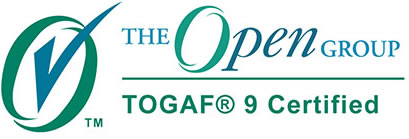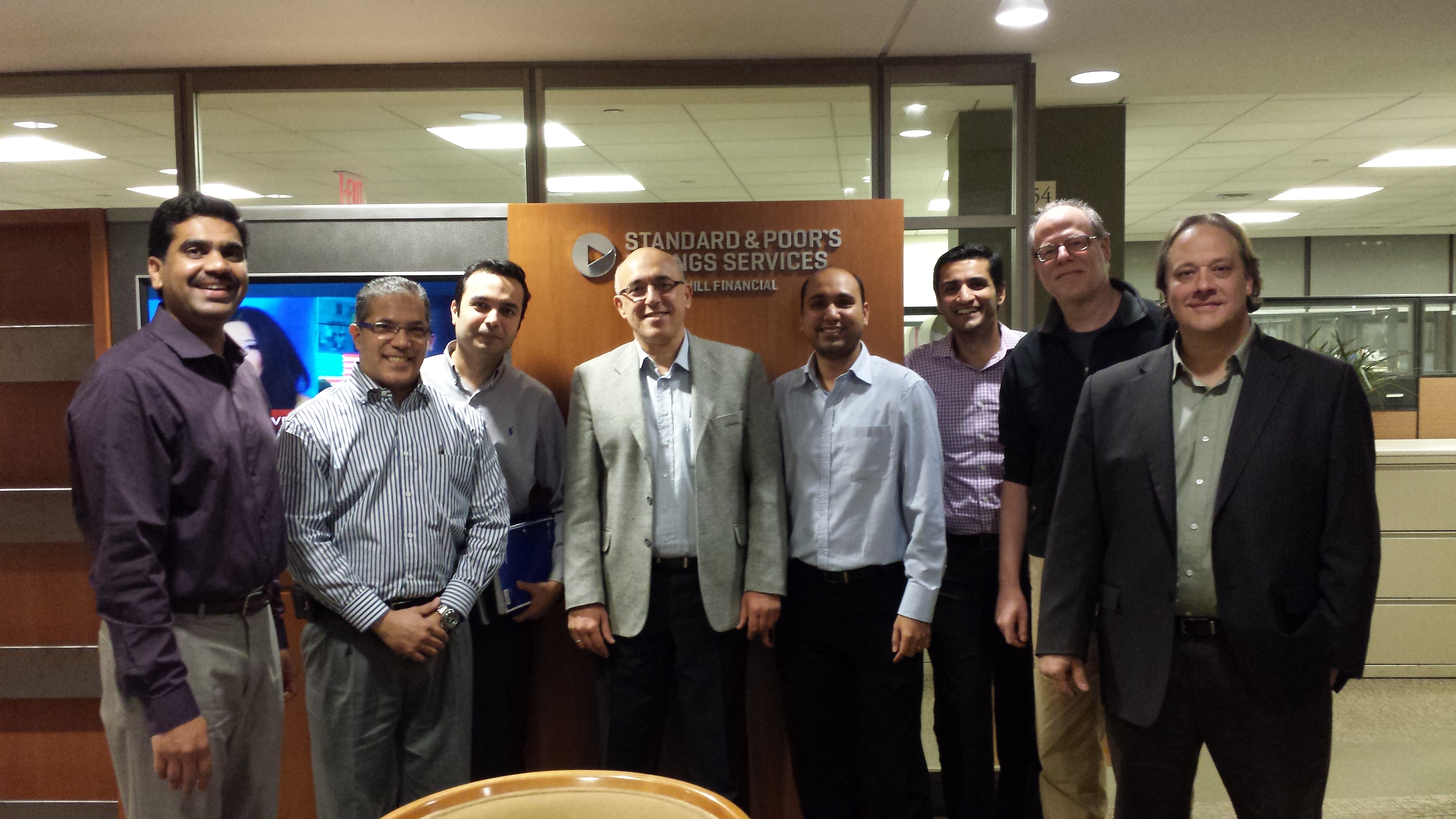Business and IT System Agility in the Digital Age
Digital Business Modeling and IT Alignment using Business and Enterprise Architectures, Value Creation and Service Orientation Standards
Business and IT System Agility in the Digital Age (1 day course)
Objective : This introduction seminar provides you with an overview of the digital business models, business and enterprise architecture frameworks as well as methodologies that organizations are struggling to focus on in order to increase their agility facing disruptions of the digital age.
In particular, this seminar aims at helping you understand frameworks and reference architectures that are currently used worldwide to align digital business models and IT system architectures within the changing competitive landscape.
Prerequisites : None
Participant Profiles : CxO, Operation Managers, Enterprise Architects, Business and System Analysts and Designers,
.
Introduction
-
The digital disruption, digital value creation and value delivery,
-
Digital Business Models facing a competitive digital landscape,
-
Becoming a Digital Data Ready Enterprise,
-
The "Goal and Data Driven" structures of the Business Motivation Model,
-
System Engineering and Enterprise Architecture Frameworks,
-
IT Reference Architectures,
-
How to ensure Convergence and Alignment between these Frameworks and Architectures,
-
Strengthening the Decision Making on a " Data" basis,
-
Refinement from the Enterprise Vision toward Business Processes,
-
Steps to align IT to the evolutions of the business needs.
Gaining Agility : From the Business to IT System capitalizing on Capabilities
Preparing the Enterprise and IT System Architectures to support changes : The Goal and Data Driven Structures from the Business to the IT Systems,
The Backbone of the Business Architecture structured by capabilities and value delivery functions,
How to structure evolutions on the capabilities based on changing strategies,
How to propagate changes from business requirements toward IT components (examples are given on the presentation case study).
Impact of the changes upon the Business Objects (Assets)
Aligning business processes, responsibilities of their participants and business objects in coherence with strategic changes,
Integration of these modifications into components of the business process cartography.
Impacts on the IT System Components
The Goal and Data-Driven Structures of the System backbone to support changes,
How to identify Services and underlying System functions that have to be impacted by the changes,
Integration of the evolutions into the Service backbone (examples provided on the same case study).
Conclusion
Steps of the Efficient Agile Business / System Architecture Development Methodology,
Traceability from business requirements toward IT System structures in order to better govern them in face of change.
Notice : The above training-mentoring sessions are conducted interactively on a case study to illustrate how to ensure good level of traceability between business and IT system architectures.
Concepts are explained first using case study examples and may then be followed by solution drafts to your own business case during or after these sessions.
Minor changes may be brought to their contents depending on the evolutions of these standards and commercial strategies.
The Open Business Architecture, TOGAF and Zachman are respectively trademarks of the Open Group and Zachman International
DODAF, MODAF and NAF are respectvely Architecture Frameworks of the US Department of Defense, UK Ministery of Defense and NATO
IT4IT is a trademark for IT Reference Architectures from the Open Group,
The Business and Value Model Canvases are trademarks by Osterwalder and Pigneur
BMM, BPMN, UML, SysML referenced on this website are trademarks of the Object Management Group (OMG).


